1975 Topps #616 Jim Rice ROOKIE (Red Sox)
With Dave Augustine (Pirates), Pepe Mangual (Expos), John Scott (Padres)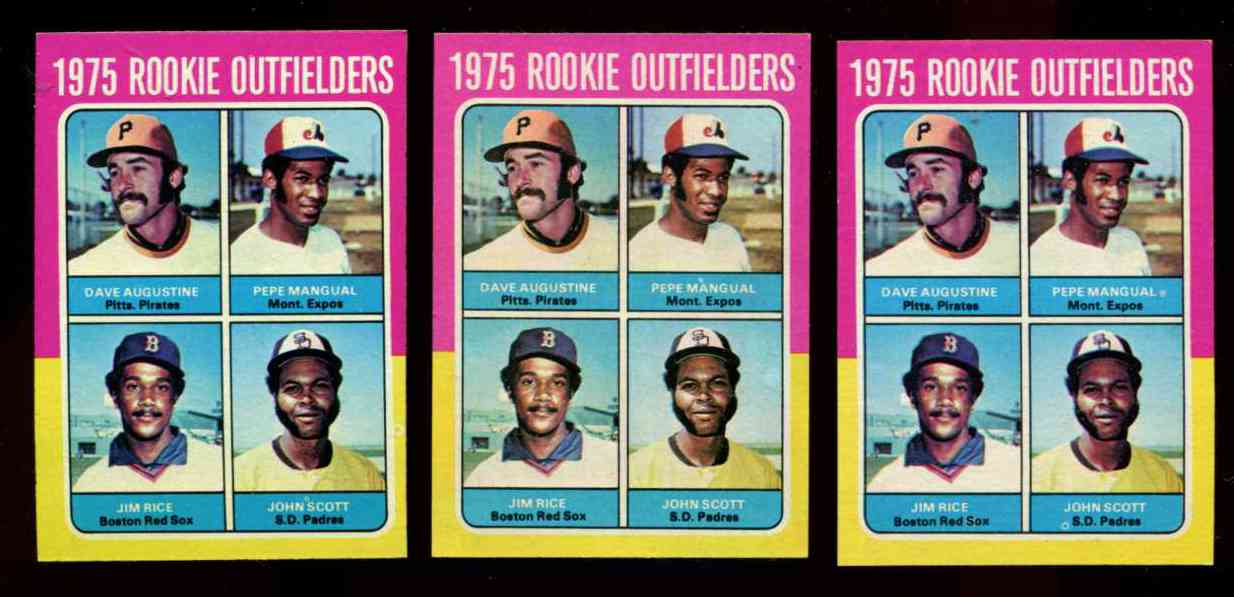

Please wander around the website for more info, prices, values & images
on vintage baseball, football, basketball, hockey, sport and non-sports cards.
1965 Philadelphia Football |

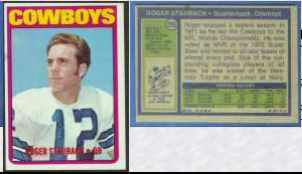
1972 Topps FootballThe 1972 Topps Football set contained (351) cards, and came in (3) series. The 3rd series high numbers (#264 to #351) are perhaps the scarcest regular football cards Topps ever made.The set was jam packed with rookies including: Roger Staubach, John Riggins, Archie Manning, Lyle Alzado, Charlie Joyner, Ted Hendricks), Jim Plunkett...
Perhaps the most expensive card in the set is Joe Namath's
Pro Action card, one of the very, very scarce 3rd series high #s.
Note: You may be on that page right now. |


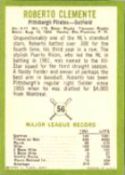
1963 Fleer Baseball Cards
|

Cabinet Card Were oversized trading cards featuring paintings issued mostly 1910-1915.
Card Show is a gathering of dealers & collectors looking to buy/sell/trade sports cards and memorabilia.
Card Stock is the material a card is printed on. Usually paper-based, today companies play with the card stock and sometimes it appears to be wood or leather or see-thru acrylic ...
Cello Pack is a card pack whose wrapper is see-thru plastic. Usually the top & bottom cards are seen. Unopened cello packs showing major stars and rookies sell for heavy premiums.
Centering is the balance of the borders: top/bottom & left/right. On perfectly-centered cards, top/bottom borders match as do the left/right borders. Centering is presented as a set of numbers & directions and often included with the grade. Perfectly-centered is "50/50 t/b" AND "50/50 l/r". As centering gets worse, one number increases and the other decreases. For example: 90/10 t/b is considered extremely off-center top to bottom. The numbers add up to 100 (50/50, 60/40, 90/10 ...).
Certificate Of Authenticity (COA) A document used to verify legitimacy of a collectible. NOTE: Keep in mind that COA's are easier to fake then autographs.
Common A card of a non-star player is considered a "Common" as opposed to cards of a star players or specialty/subset cards such as league leaders, teams cards, World Series cards...
Condition (Grade) Centering, corner wear, photo clarity, edges, creases, print flaws ... all combine to determine a card's condition or grade. Along with rarity/scarcity it is the major factor in a card's value.
Crease Defect usually caused by bending the card. Hard to see, or not, a crease lowers the card's grade (VG or lower) and greatly diminishes it's value.
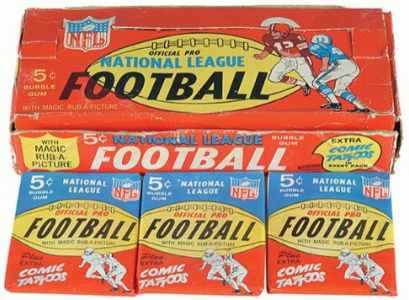 1965 was the 2nd year for Philadelphia Gum creating football cards.
Once again, their set had (198) cards, (14) from each team, featuring the rookie cards of
Hall-of-Famers Paul Warfield, Mel Renfro, Dick LeBeau, Carl Eller, Paul Krause and Charley Taylor.
1965 Philadelphia cards came in a variety of packages: nickel wax packs, ten-cent cello packs and 29-cent rack packs.
1965 was the 2nd year for Philadelphia Gum creating football cards.
Once again, their set had (198) cards, (14) from each team, featuring the rookie cards of
Hall-of-Famers Paul Warfield, Mel Renfro, Dick LeBeau, Carl Eller, Paul Krause and Charley Taylor.
1965 Philadelphia cards came in a variety of packages: nickel wax packs, ten-cent cello packs and 29-cent rack packs.
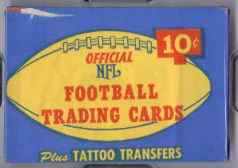 Making this set a bit special was that for the first time in football card history, the NFL logo appeared on the front
of a card. The logo was Philadelphia Gum Company's way of sticking it to Topps as Philadelphia had the exclusive
to produce NFL cards while Topps was left to printing cards of the then 'lesser' AFL teams and players.
Making this set a bit special was that for the first time in football card history, the NFL logo appeared on the front
of a card. The logo was Philadelphia Gum Company's way of sticking it to Topps as Philadelphia had the exclusive
to produce NFL cards while Topps was left to printing cards of the then 'lesser' AFL teams and players.
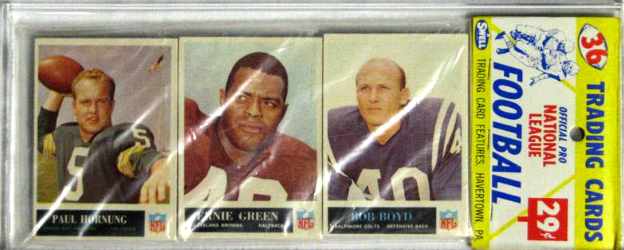
 1963 Fleer baseball card set was cut short at 66 cards & checklist
by Topps lawsuit. But what 66 cards! Attractive & packed:
Clemente,Koufax... & 2 very scare Short Prints.
1963 Fleer baseball card set was cut short at 66 cards & checklist
by Topps lawsuit. But what 66 cards! Attractive & packed:
Clemente,Koufax... & 2 very scare Short Prints.  Maury Wills 'rookie' card is a story.
Majors in 1959, quickly superstar. But 1963 for rookie ???
In 1959 Topps deemed Wills NOT WORTHY.
Maury Wills 'rookie' card is a story.
Majors in 1959, quickly superstar. But 1963 for rookie ???
In 1959 Topps deemed Wills NOT WORTHY. 
 Wills was upset. After 1962 MVP, Topps came knocking but he said "NO!".
Finally, 1967, Wills first Topps & most costly card.
Note: 1961 Post Cereal card, years BEFORE
Wills was upset. After 1962 MVP, Topps came knocking but he said "NO!".
Finally, 1967, Wills first Topps & most costly card.
Note: 1961 Post Cereal card, years BEFORE
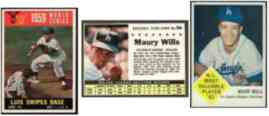 'official' rookie. He also photo-bombed a 1960 Topps card.
'official' rookie. He also photo-bombed a 1960 Topps card. 